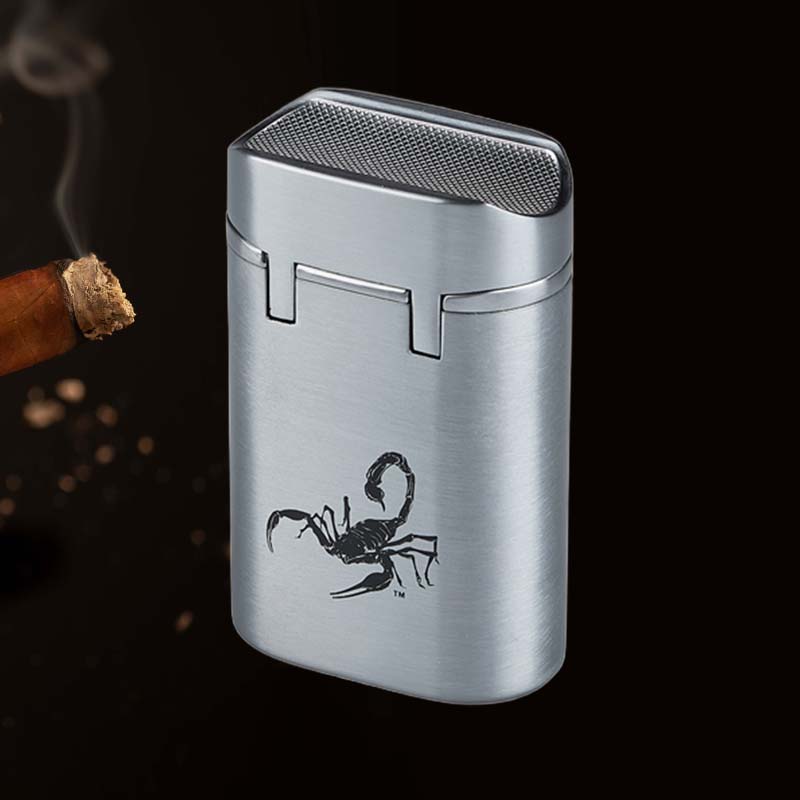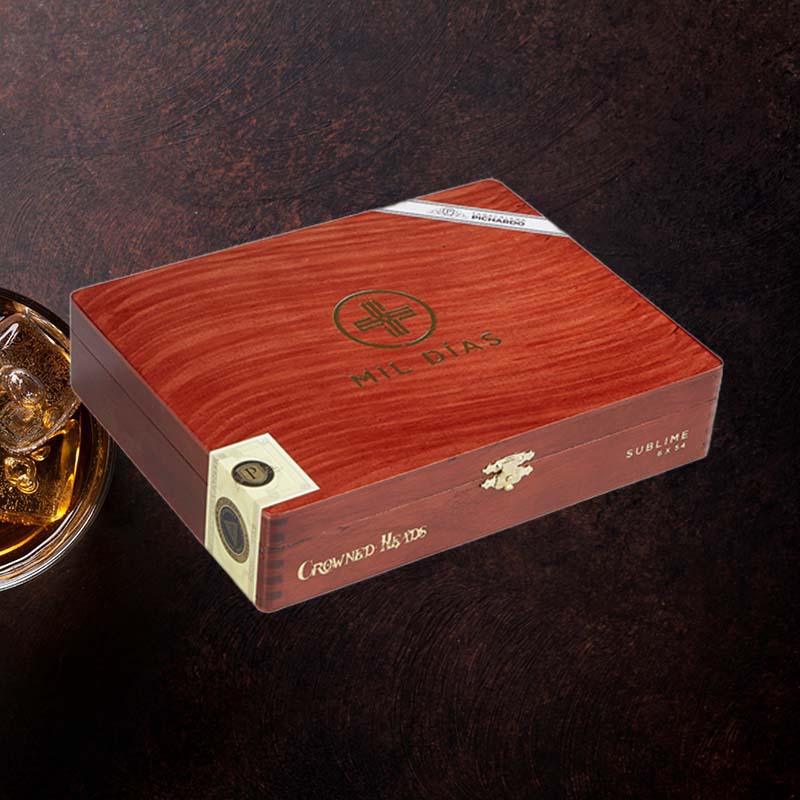How to fix the spark on a torch lighter
Introduction: Fixing That Jet Lighter You Love
There’s nothing quite like the satisfying feel of a well-crafted torch lighter in my hand. You know the one—smooth, sturdy, and always ready to ignite that perfect cigar. But what happens when you flick the wheel, and no spark appears? That moment can be disheartening. After years of using various torch lighters, I’ve encountered my fair share of ignition issues. Today, I’m here to guide you through the process of fixing the spark on your torch lighter, so you can get back to enjoying your favorite smokes.
A Brief Overview of the Process
To repair the spark on a torch lighter, you need to follow a series of steps: diagnosing the issue, accessing the lighter internals, adjusting the spark mechanism, and finally reassembling it. By the end of this guide, you’ll be equipped with the knowledge to handle this repair like a pro!
Step 1: So What You’ll Need for This
Essential Tools and Materials
- Flathead screwdriver
- Small Phillips screwdriver
- Replacement flint (if necessary)
- Compressed air canister
- Cleaning cloth
- Butane fuel for refilling
Step 2: Ok Diagnosis Time Doctor
Identifying the Underlying Issues
Before diving into repairs, it’s crucial to identify what’s gone wrong. Some common issues I’ve encountered include:
- No spark when the lighter is activated
- A weak or inconsistent spark
- Excessive hissing sounds when lighting
- Unstable or absent flame after ignition
Step 3: Opening Your Lighter Up
Tools and Methods for Safe Access
Using the flathead screwdriver, gently pry off the lighter cover to access the internal components. Be careful and patient to avoid any damage. Having a clean workspace is also essential to keep track of small parts.
Step 4: Adjusting the Spark
Tweaking the Spark Mechanism for Best Results
Once inside, I often find the spark mechanism may need adjustment. Look for a small adjusting screw near the sparking area:
- Rotate the screw clockwise for a stronger spark.
- Counterclockwise for a softer spark.
Experiment patiently until you find the sweet spot that works best.
Step 5: Troubleshooting: Still Not Sparking?
Common Problems and Their Solutions
If the spark adjustment didn’t work, here are a few additional troubleshooting steps:
- Inspect the flint for wear and replace it if necessary.
- Clear any blockages in the jets using compressed air.
- Check that there’s sufficient butane in the tank.
Step 6: Putting It Back Together
Steps to Reassemble Your Torch Lighter
After making adjustments, carefully reassemble the lighter by following the reverse of the disassembly process. Ensure all screws and parts are tightened but avoid overtightening, which could lead to breakage.
Step 7: I Do Believe We’re Done
Final Checks and Testing
Once everything is back in place, it’s time for a test run. Fill the lighter with butane if necessary, hold it firmly, and flick the wheel—watch and enjoy as that beautiful flame ignites!
Quick Fixes for a Torch Lighter That Sparks But Won’t Start
Immediate Steps to Take
If your lighter sparks but won’t ignite, check the following quickly:
- Is there an adequate supply of butane?
- Are the jets clogged with debris?
- Is the flint worn or incorrectly placed?
Using High-Quality Butane
Why Butane Quality Matters
Using quality butane is key. Low-quality fuels can cause clogging and poor igniting. I’ve learned to stick to reputable brands to ensure my lighter performs beautifully every time.
Check the Flame
Assessing the Flame Height and Stability
After all repairs, it’s essential to assess the height and stability of the flame. Ideally, it should be blue and steady, indicating optimal butane flow and ignition.
Check the Flint
Indicator of Flint Wear and Replacement
A worn flint can be the root of ignition troubles. If your flint is used up, replace it immediately for a sparkling performance.
Check for a Hissing Sound
Interpreting Sounds During Operation
The occasional hissing sound is normal as gas escapes, but if it’s excessive, it might require you to check valve seals or simply to refuel.
Bleed the Tank Before Refilling
How to Properly Bleed Your Torch Lighter
To bleed your lighter, press the refill nozzle into the gas valve for about 5 seconds. This releases any trapped air, ensuring you can refill safely and efficiently.
Wait for Your Lighter to Warm Up After Refilling
Importance of Allowing the Lighter to Stabilize
After refilling, give your lighter a few moments to stabilize before ignition. This ensures optimal butane vaporization for a reliable start.
Clean the Jets
Keeping the Jets Clear for Optimal Functionality
Regular cleaning of the jets prevents buildup that might impede ignition. I use compressed air for a quick and effective solution.
FAQ
Why is my torch lighter not sparking?
Your torch lighter may not be sparking due to a worn flint, clogged jets, lack of butane, or an adjustment issue with the spark mechanism. Checking these points can often pinpoint the problem.
Can you fix a torch igniter?
Yes, you can usually fix a torch igniter through simple adjustments, cleaning, or replacing worn components like the flint. Most repairs can be DIY with basic tools.
How to fix a lighter that doesn’t spark?
To fix a lighter that doesn’t spark, check the flint condition, adjust the spark mechanism, clear any obstructions, and ensure there’s enough butane in the tank.
How do you fix the flint on a torch lighter?
To fix the flint, open the lighter, remove any worn flint, and insert a new one. Ensure it’s secured properly, so it creates ample friction for ignition.



















